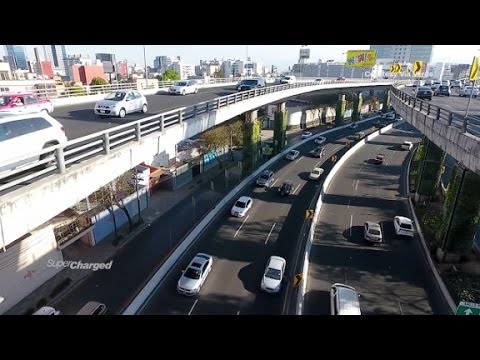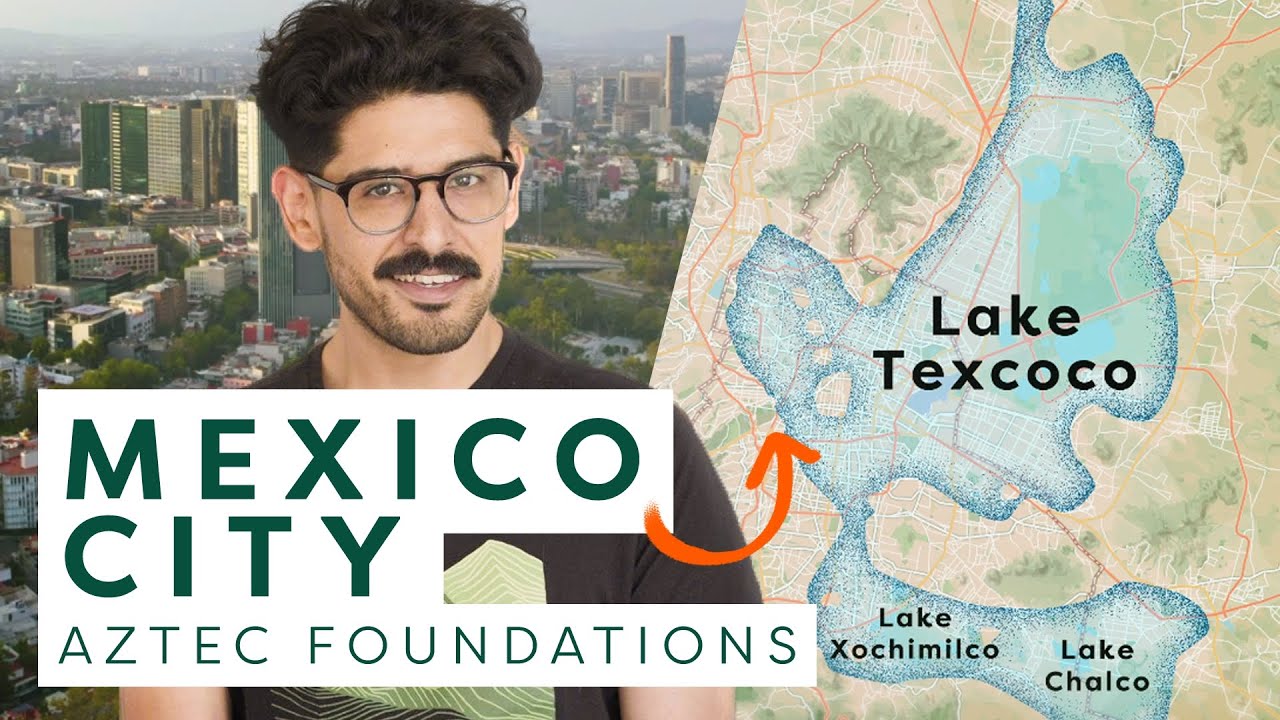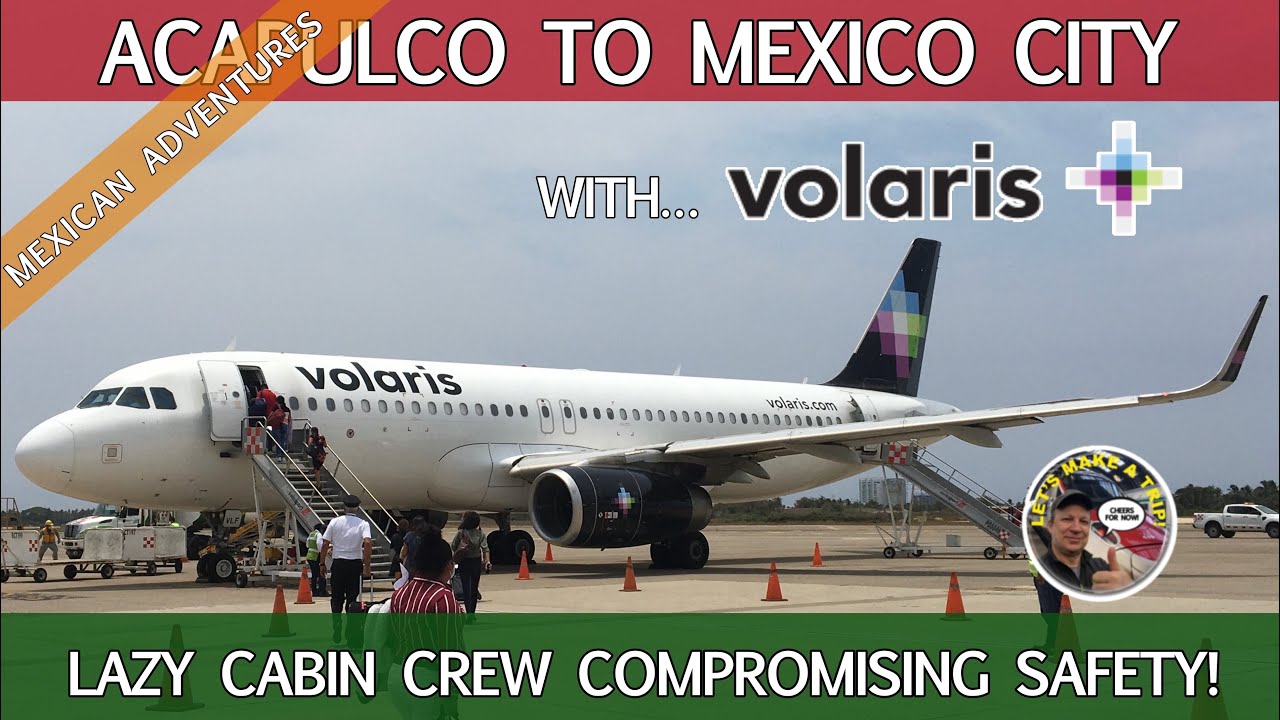Understanding Air Pollution in Mexico City
Mexico City, one of the largest cities globally, faces significant air pollution challenges due to its unique geographical location, high population density, and a substantial number of vehicles. Nestled in a valley, the city’s pollution is often trapped by the surrounding mountains, leading to higher concentrations of airborne contaminants. These environmental conditions affect not only the health of its inhabitants but also the experience of visitors coming to explore this vibrant city.
The primary sources of air pollution in Mexico City include vehicle emissions, industrial activities, and, to a lesser extent, natural elements such as volcanic ash. The city’s vast number of cars contributes heavily to the air quality issues, with older vehicles emitting a greater amount of pollutants. Efforts to transition to cleaner energy sources and update public transportation have been initiated, but the problem persists at significant levels.
The impact of air pollution on health and daily life in Mexico City is profound. Residents and travelers alike may experience respiratory issues, diminished visibility, and even alterations to outdoor activities. For adventurers and tourists, this means that some days might be less ideal for exploring the great outdoors or visiting landmarks that are best enjoyed under clear skies. Consequently, understanding the air quality forecast becomes an essential part of planning any visit to the city.
Strategies to mitigate exposure to polluted air while visiting Mexico City include staying informed about daily air quality indexes, using masks designed to filter out pollutants, and planning indoor activities during days of high pollution. The city offers numerous museums, galleries, and cultural centers that provide enriching experiences away from the outdoor air. Furthermore, visiting during the rainy season can offer clearer skies due to the precipitation cleaning the air.
Local government and various organizations have implemented measures aimed at reducing pollution levels, including car usage restrictions based on license plate numbers, the promotion of bike riding through citywide bike-sharing programs, and the development of green spaces. These efforts highlight the city’s commitment to improving air quality, not only for its residents but also for the international visitors it warmly welcomes each year.
Natural Factors Affecting Air Quality
Travel and adventure in Mexico offer breathtaking landscapes and vibrant experiences. However, an essential aspect that can significantly influence your journey is the air quality, which is not solely dependent on human activities. Natural factors play a crucial role in affecting the air quality across different regions of Mexico. Understanding these factors can help travelers prepare better for their adventures, ensuring a safer and more enjoyable experience.
One major natural factor that impacts air quality is volcanic activity. Mexico is home to several active volcanoes, including the famous Popocatépetl near Mexico City. When these volcanoes erupt, they emit ash and gases into the atmosphere, which can degrade air quality not only in the immediate vicinity but also in areas far downwind from the eruption. For adventurers aiming to explore these magnificent natural wonders, it’s crucial to stay updated on volcanic activities and advisories issued by local authorities.
Another element influencing air quality is wildfires. During the dry season, wildfires are common in various parts of Mexico, especially in forested and rural areas. These fires produce substantial amounts of smoke and particulates, leading to poor air quality that can affect large regions, including major cities and tourist destinations. For travelers who are planning to hike or camp in areas prone to wildfires, checking fire danger ratings and smoke forecasts is a must to avoid health risks and ensure the safety of outdoor activities.
Lastly, Mexico’s geographical diversity also contributes to air quality variations. Areas located at higher elevations, like Mexico City, are more susceptible to pollution due to the thinner atmosphere, which makes pollutants more concentrated. On the other hand, coastal areas benefit from sea breezes that help disperse pollutants, typically resulting in cleaner air. Before embarking on a journey, adventurers should consider these geographical nuances and plan their activities accordingly, to enjoy Mexico’s natural beauty with the best possible air quality.
Transportation and Industrialization
Mexico’s landscape of transportation and industrialization is as diverse and dynamic as its scenic beauty and cultural heritage. As the nation continues to evolve, the integration of modern transportation systems and industrial growth has not only enhanced domestic mobility but also significantly contributed to its blooming tourism sector. From bustling metropolitan cities to serene coastal towns, Mexico’s infrastructure facilitates seamless travel experiences for adventure seekers and travelers alike.
The backbone of this connectivity is the extensive network of highways that sprawl across the country, complemented by state-of-the-art airports in major cities and tourist destinations. These developments have made it easier than ever for travelers to explore Mexico’s vast landscapes, from the ancient ruins in the Yucatan Peninsula to the stunning beaches of the Pacific Coast. Rail transport, though less prevalent for passenger services, plays a crucial role in the movement of goods, bolstering the country’s industrial and economic frameworks.
On the industrial front, Mexico has witnessed a robust transformation, becoming one of the leading manufacturing and exporting nations globally. This industrial prowess is particularly visible in the automotive, aerospace, and electronics sectors. Cities like Querétaro and Tijuana are hubs of technological and industrial innovation, attracting not only business investments but also travelers intrigued by the blend of traditional and modern industrial landscapes.
Moreover, the push towards sustainable development has seen Mexico invest in eco-friendly transportation alternatives and green industrial practices. The commitment to reducing environmental impact while advancing economic growth presents a forward-looking approach to industrialization. This balance between development and sustainability is emblematic of Mexico’s broader vision for the future, promising a realm of endless exploration and discovery for travelers immersed in the adventures that lie within its territories.
Myths Surrounding Air Pollution Causes
Air pollution is a critical issue facing not only Mexico but the entire world. Numerous misconceptions cloud the public’s understanding of its causes, often leading to ineffective solutions. By debunking these myths, we can pave the way for more effective environmental policies and personal choices that truly make a difference in improving air quality.
Myth 1: Air pollution is mainly caused by industrial activities. While factories and production plants contribute significantly to air pollution, they are not the sole contributors. Surprisingly, vehicular emissions, agricultural activities, and even household fires can emit a substantial amount of pollutants. In cities, for instance, cars, trucks, and buses are primary sources of nitrogen oxides and particulate matter, which severely degrade air quality.
Myth 2: Switching to electric vehicles (EVs) will completely solve air pollution. Transitioning to EVs can reduce the emissions from transportation, which is indeed beneficial. However, the overall impact on air pollution depends on the source of the electricity used to charge these vehicles. If the electricity comes from coal-fired power plants, the net reduction in air pollution might not be as significant. Renewable energy sources are, therefore, pivotal in ensuring that EVs are genuinely cleaner alternatives.
Myth 3: Planting trees is the ultimate solution to air pollution. Trees play an essential role in absorbing carbon dioxide and releasing oxygen. However, their ability to filter out other pollutants, such as sulfur dioxide and nitrogen oxides, is limited. While increasing green spaces is crucial, addressing the root causes of air pollution—such as reducing fossil fuel consumption and enhancing waste management strategies—is equally important.
Myth 4: Air pollution is only an outdoor problem. Indoor air pollution can be just as harmful, if not more so, than its outdoor counterpart. Common sources inside homes and buildings include cooking fumes, paint, cleaning products, and even furniture. Ensuring proper ventilation and using natural or non-toxic products can significantly improve indoor air quality.
Understanding and acknowledging the realities of air pollution causes are the first steps toward making meaningful changes. By dispelling these myths, individuals and policymakers alike can focus on holistic and effective strategies to combat air pollution, making our cities healthier places to live.


